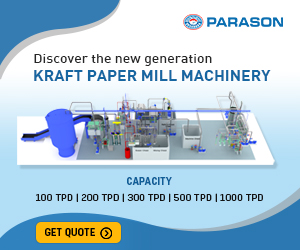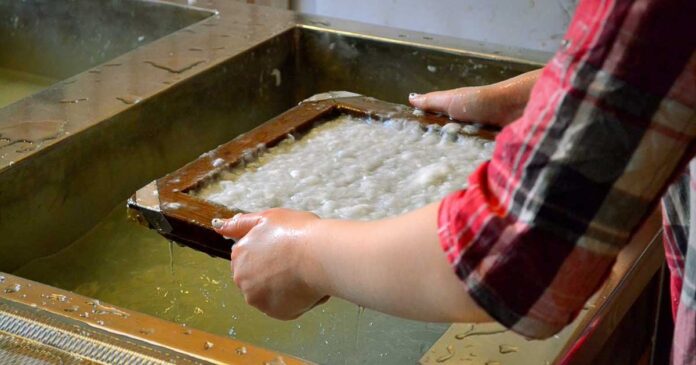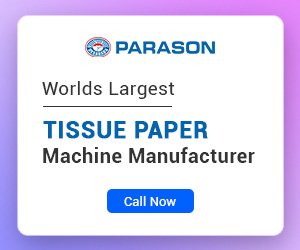Different separation techniques for chemical analysis are always required to remove the unwanted materials that are not required for pulp and paper making.
The wood fibers don’t contribute to the subsequent analysis of DCS. This is likely to hinder the analysis or damage the separation equipment.
The wood fibers are necessary to be removed based on their density or size. To achieve this separation, techniques like Filtration and Centrifugation are employed.
Generally practiced laboratory techniques are manual and have standardized procedures like – Sieving, Filtration, Centrifugation, Extraction, Distillation, etc.
Let’s discuss the 2 primary separation techniques for chemical analysis in the pulp and paper industry.

Technique #1: Centrifugation
The first separation technique used to remove the undesired particles from the chemicals is Centrifugation.
The difference in phase density between the solid and liquid matrix supports the centrifugation process.
This is achieved by providing an enhanced field force over the gravity to cause particle or liquid motion.
Generally, batch-operated centrifugal separation for separation of DCS is considered to be fruitful in which laboratory centrifuge is utilized.
Sometimes we need to investigate different methods to develop a continuous online analytical system.

Many times, basket and disc stack centrifuges are found inappropriate because they are solid retaining and have no cleaning mechanism.
The only practiced way is manually removing the unsuitable materials that are not acceptable in the paper mill environment.
Hydrocyclones are unsuited when the g-values obtained are too low. The wood-fibers tend to upset the vortex formed within the apparatus which results in weak separation ability.
For successfully removing large wood fibers from paper furnish, a decanting centrifuge that uses an archimedean screw within the centrifuge bowl is practiced. Please note that commercial decanting centrifuges are large, costly, and not convenient.
Technique #2: Filtration
The filtration technique is used for separation by considering the difference in the particle sizes of solids.
In traditional filtration techniques, the solid-liquid mixture is directed towards a filter where the solids are retained. This helps to remove the lipophilic droplets and colloidal particles in the fiber mat (cake) that is formed on the filter.
Another filtration method is cross-flow filtration where the pulp is pumped at a high velocity tangentially to the surface of the membrane filter for limiting the cake formation.

The mechanism used for cake formation in cross-flow filtration is suggested as an equilibrium between the forces acting tangentially, and across the filter overcome the forces acting to drag particles across the filtration medium.
It is possible to eliminate cake formation by significantly increasing the cross-flow velocity relative to filtrate velocity.
This helps in maintaining equilibrium between shear forces acting at the filter surface to drag forces pulling fibers into pores of the filter.
The most efficient filtration medium is a track-etched polycarbonate membrane, notably Whatman Cyclopore™ and Millipore Isopore™.
The best advantage of this filter is that it is very thin and contains no voids within the membrane for the attachment of fiber or fillers. This filter is available in the range of discrete pore size 12-0.05 µm.
The filtration model is termed a dynamic membrane filter or high-shear cross-flow filtration.
A continuous filtration without cake formation is achieved for high fiber with CaCO3 filler material furnish over one week of constant operation.
Note: These two techniques are elicited from educational sources, there may be changes in accordance with the different purposes of the task.
Join the world’s largest pulp and paper industry group on Facebook and LinkedIn to connect with thousands of professionals online.


